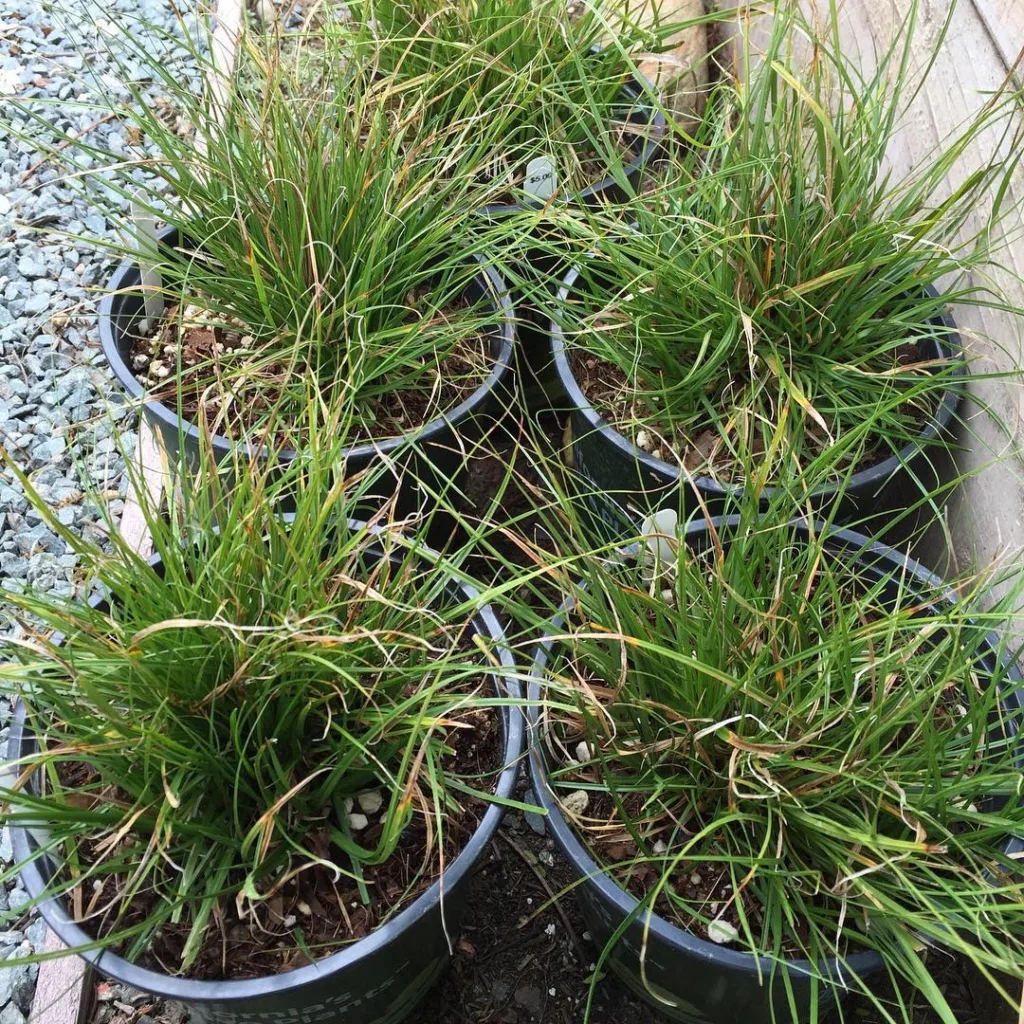What Is Helleborus Fire and Ice?
Helleborus Fire and Ice, also known as Helleborus Winter Jewels Fire and Ice, is a cultivar of the Helleborus genus. It is part of the Lenten Rose group, a type of evergreen perennial that blooms in late winter or early spring. The flowers are notable for their elegant, layered petals, which showcase a unique blend of colors—ranging from rich burgundy to pure white, often with a delicate maroon or pink tinge at the edges. This variety is prized for its ability to thrive in colder months, bringing color to otherwise drab winter gardens.
17 Species in Genus Helleborus – Lenten Rose
How to Care for Helleborus Fire and Ice?
Caring for Fire and Ice Helleborus is relatively straightforward, which is one of the reasons I love these plants. Here are a few essential care tips:
- Location: Helleborus Fire and Ice prefers partial to full shade. They are perfect for planting under trees or in shaded garden beds where they can receive indirect sunlight. While they can tolerate some morning sun, it’s best to avoid full exposure during hot afternoons.
- Soil: These plants thrive in well-drained, humus-rich soil. I’ve found that amending the soil with compost before planting ensures that the roots have plenty of nutrients. A slightly acidic to neutral pH works best.
- Watering: Helleborus Ice and Fire likes consistent moisture, especially during the growing season. However, make sure the soil doesn’t become waterlogged, as this can lead to root rot. I typically water them deeply once a week, adjusting for rainfall and soil conditions.
- Fertilization: A balanced, slow-release fertilizer applied in early spring can help boost growth and flower production. I’ve also found that adding compost around the base of the plant provides ongoing nutrition throughout the year.
- Winter Care: One of the best features of Fire and Ice Helleborus is its cold hardiness. These plants can withstand frost and snow, making them ideal for winter gardens. I usually mulch around the plants to protect the roots during extreme cold spells.
How to Propagate Helleborus Fire and Ice?
Propagating Helleborus Fire and Ice can be done through division or seed collection. Here’s what I’ve learned from my experience:
- Division: The easiest way to propagate these plants is through division in early spring or fall. Gently dig up the clump, ensuring that you don’t damage the roots. Then, carefully separate the plant into smaller sections, each with its own root system. Replant these divisions immediately in well-prepared soil.
- Seeds: Although less common, you can also propagate Helleborus Winter Jewels Fire and Ice from seeds. The seeds need to be sown fresh, usually in late spring. I’ve had success by sowing the seeds directly into the garden bed, lightly covering them with soil. Keep the area moist until the seeds germinate, which can take several months.
What to Plant with Helleborus Fire and Ice?
When designing a garden bed, I like to pair Fire and Ice Helleborus with other shade-loving plants that complement its blooms and foliage. Here are some of my favorite companion plants:
- Hostas: With their large, textured leaves, Hostas make excellent companions for Helleborus. Their lush green foliage contrasts beautifully with the vibrant blooms of Fire and Ice.
- Ferns: The delicate fronds of ferns, especially varieties like Maidenhair or Japanese Painted Ferns, add an elegant touch to a shady garden bed. The soft, feathery texture of ferns complements the boldness of Helleborus flowers.
- Heucheras: Also known as Coral Bells, Heucheras bring a splash of color to the garden with their vibrant leaves. I often pair them with Helleborus Fire and Ice for a dynamic contrast of textures and colors.
Common Problems with Helleborus Fire and Ice
While Helleborus Fire and Ice is generally low-maintenance, there are a few common issues to be aware of:
- Pests: Although relatively pest-resistant, aphids and slugs can occasionally be a problem. I usually check the undersides of the leaves regularly and use insecticidal soap if necessary.
- Diseases: The most common disease I’ve encountered is Black Spot, which appears as black or brown spots on the leaves. Ensuring proper air circulation around the plants and avoiding overhead watering can help prevent this issue.
- Leaf Burn: If exposed to too much direct sunlight, the leaves of Helleborus Fire and Ice can scorch. I always make sure to plant them in a location with adequate shade to prevent this problem.
Final Thoughts on Fire and Ice Helleborus
Helleborus Fire and Ice is a stunning and resilient plant that brings beauty to the garden when few other plants are in bloom. From my experience, it’s easy to care for and rewards you with breathtaking flowers year after year. Whether you’re a seasoned gardener or just starting out, Fire and Ice Helleborus is a worthwhile addition to any garden, especially if you’re looking to brighten up those cold winter days.
If i die, water my plants!



